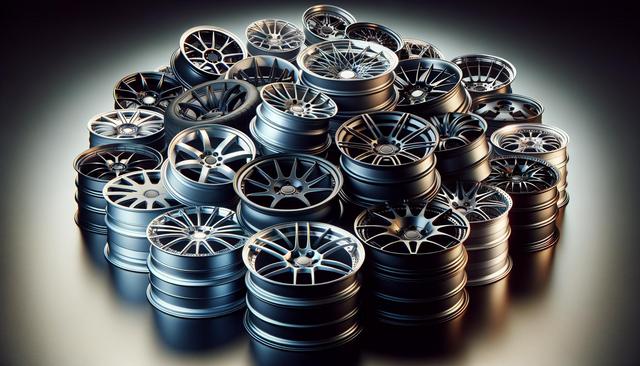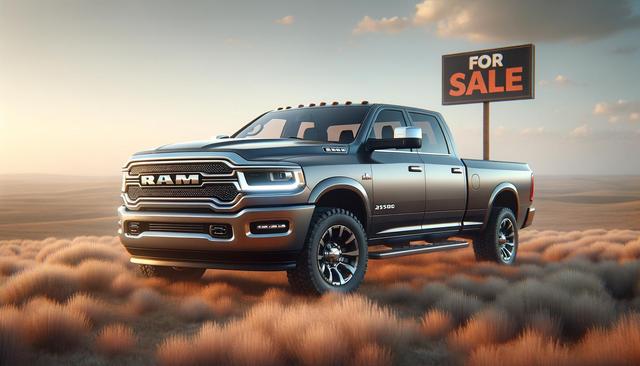Why Consider Used Rims?
For many vehicle owners, used rims present a practical alternative to buying new. Whether you’re restoring a car, upgrading its appearance, or simply replacing a damaged wheel, used options can offer significant savings. In many cases, the quality difference between new and well-maintained used rims is minimal, especially if the used ones are from reputable sources. Choosing used rims can also contribute to sustainability by reducing demand for new manufacturing and minimizing waste.
There are several reasons why used rims might be a preferred option:
- Lower cost compared to new rims
- Availability of discontinued or rare designs
- Opportunity to match existing rims on your vehicle
- Environmentally friendly choice
However, it’s essential to approach used rim purchases with care. Not all used rims are created equal, and factors such as previous damage, structural integrity, and compatibility with your vehicle must be considered before making a purchase.
How to Assess the Quality of Used Rims
When buying used rims, quality assessment is crucial. Rims that appear visually acceptable may still have issues that affect safety or performance. Begin by checking for visible signs of damage, such as cracks, bends, and corrosion. Even minor imperfections can lead to problems down the road.
Consider the following inspection tips:
- Inspect both the front and back of the rim for cracks or welds
- Check for bends or warping by spinning the rim
- Look for excessive rust, especially around bolt holes
- Ensure the finish is intact if aesthetics matter to you
It’s also beneficial to ask the seller for the rim’s history. Knowing if it came from a vehicle involved in a collision or if it has been previously repaired can help you make a more informed decision. When in doubt, have the rim checked by a professional technician to ensure it’s safe for road use.
Understanding Price Ranges
The price of used rims varies significantly depending on several factors, including brand, size, material, design, and condition. Steel rims often cost less than alloy alternatives, and less popular bolt patterns may also be priced lower. On average, used steel rims might range from $30 to $80 each, while alloy rims can typically range from $50 to $200 each, depending on their rarity and quality.
Here are some factors that influence the price of used rims:
- Rim size and material (steel vs. alloy)
- Design complexity and finish
- Brand recognition and demand
- Condition and previous usage
- Market availability and regional demand
It’s important to compare prices across different sellers and platforms to find a fair deal. Keep in mind that very low prices might indicate hidden issues, so balance cost savings with quality assurance.
Where to Buy Used Rims
There are several avenues for purchasing used rims, ranging from local auto salvage yards to online marketplaces. Each option has its own pros and cons. Salvage yards may offer lower prices and the chance to inspect the rims in person, while online platforms provide access to a broader selection and user reviews.
Potential sources for used rims include:
- Auto salvage or junkyards
- Online automotive marketplaces
- Specialty wheel and tire shops
- Private sellers through classified ads or forums
When buying online, be sure to verify seller ratings and return policies. Always confirm fitment details, such as bolt pattern, offset, and diameter, to ensure compatibility with your vehicle. If possible, request multiple images and ask specific questions about the condition and history of the rims.
Things to Keep in Mind Before Buying
Before finalizing a used rim purchase, take time to research and prepare. Knowing your vehicle’s specifications is essential to avoid compatibility issues. Also, consider whether the rims will require additional accessories such as lug nuts, hub rings, or center caps, which may not be included with the purchase.
Ask yourself the following questions:
- Does the rim match the size and bolt pattern of my current wheels?
- Is the offset suitable for my vehicle?
- Are there any signs of previous repairs or damage?
- Is the price in line with similar listings?
- Can I return the rim if it doesn’t fit or has unseen issues?
Being proactive in your research and communication with the seller can help prevent costly mistakes. If you’re unsure about any technical details, consulting with a trusted mechanic or rim specialist can provide added reassurance.
Conclusion: Making an Informed Choice with Used Rims
Used rims can be a smart, budget-friendly option for vehicle owners looking to maintain or enhance their car’s appearance and functionality. By carefully assessing quality, understanding fair pricing, and purchasing from reputable sources, you can find reliable rims that meet your needs without compromising safety or performance. Whether you’re shopping locally or online, being informed and asking the right questions will help ensure a satisfying and cost-effective experience.


